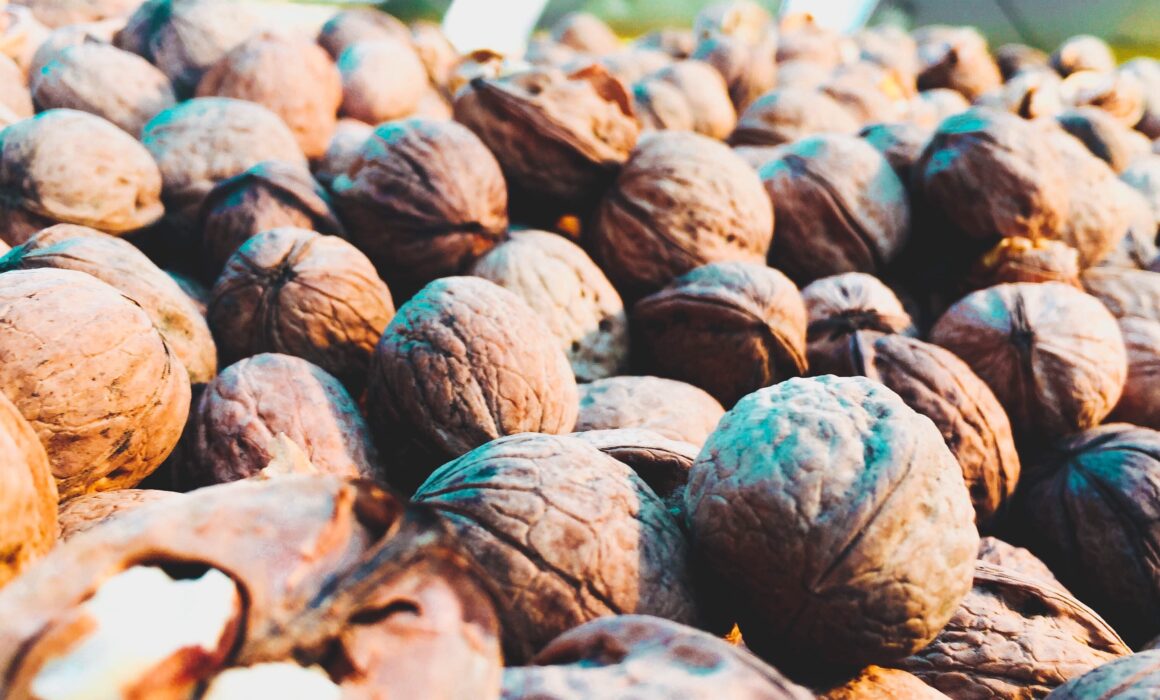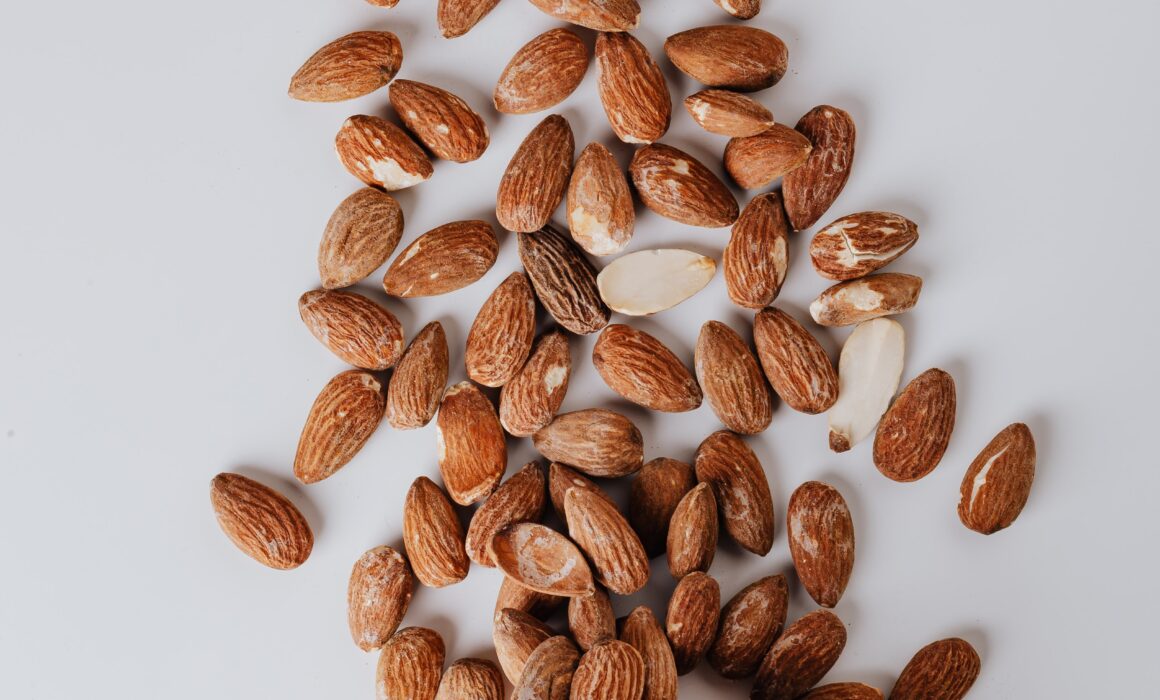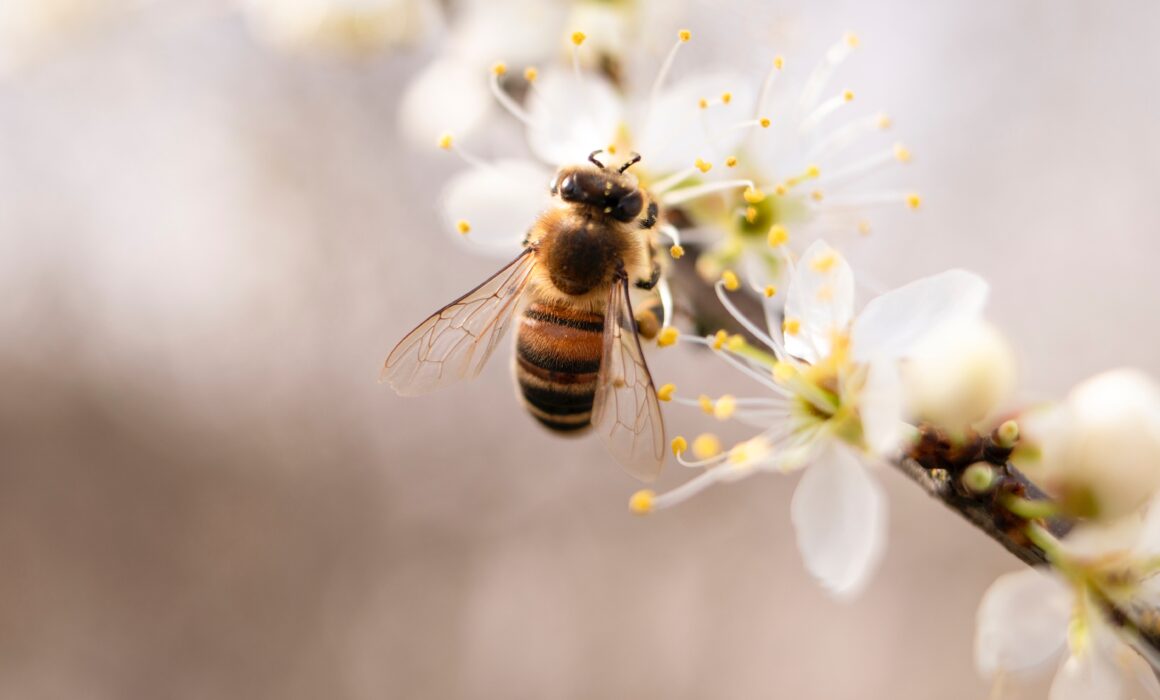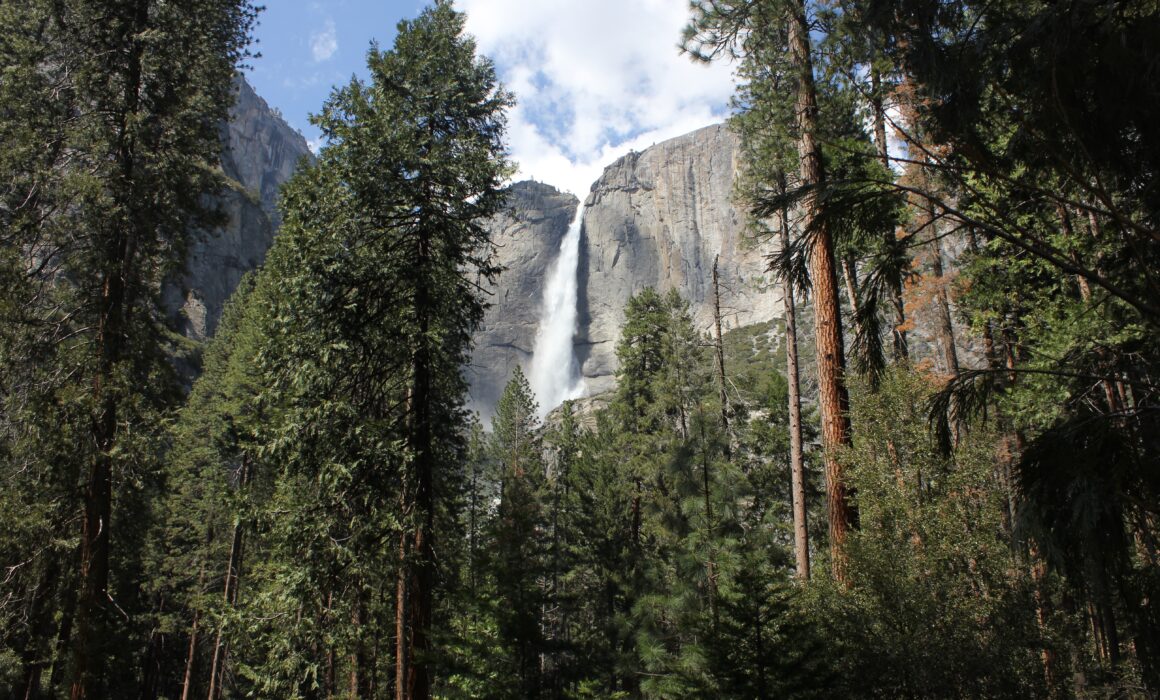Everybody loves Walnuts. Walnuts support brain activity and improve cognitive functions. Keep in mind organic nuts may soak up flavors, so you will want to store them in a sealed container. It is best to put nuts in the freezer, where the nuts with the shells will keep for six months. [Sources: 2, 6]
While nuts are an energy-boosting superfood, they may also help you sleep well at night. Walnut intake supports healthy cholesterol levels because they provide omega-3 fatty acids. Walnuts are part of the tree-nut family, which has unique nutritional profiles. [Sources: 0, 6]
In California, walnuts are harvested September to November, but because of their prolonged shelf life, walnuts are considered an all-year-round crop in the Golden State. California is known around the world for their walnuts – they produced 720,000 tons just last year. Nearly 100% of U.S. commercial walnut production comes from California. [Sources: 2, 3, 5]
Right now, some farmers are giving up their walnuts. The central valley is home now to more than 4,000 almond orchards, mostly tiny, family farms that have been doing this business for generations. [Sources: 2, 3]
Californias walnuts thrived in the balmy climate of southern California, and by the 1870s, there were a few orchards on the outskirts of Santa Barbara. William Wolfskill, considered to be the founder of the first commercial orchards of California oranges, also planted hard-shelled English walnuts in the Los Angeles area. Branch by branch, acre by acre, walnut trees planted over more than a decade on Bullseye Farms property in Woodland are now being destroyed. WOODLAND (CBS13) – Drones are taking down acres of trees in an Yolo County orchard that has been growing walnuts for years. [Sources: 1, 2, 3]
Carriere Family Farms and Borges of California both carry both shelled walnuts. Carriere said that California cannot supply them, despite the strong demand from consumers around the world for nuts. [Sources: 3, 4]
To grow walnuts in California, several factors need to be taken into consideration to make the orchards successful. A study conducted at UC Davis has laid out specific guidelines for, and costs associated with, starting an orchard and producing walnuts. In 1933, a Walnut Marketing Board was formed by the Farm Adjustment Act, which was responsible for monitoring the quality and marketing of Californias walnuts. A trip from California to take nuts to Europe might cost as little as $20, requiring one or more months of traveling. [Sources: 1, 3]
Take a moment to check out one of our favorite resources on nuts, Walnuts.org, to find amazing recipes and techniques! While some recipes call for husked nuts, their brown, papery skins actually have the bulk of antioxidants. [Sources: 0]
##### Sources #####
[0]: https://yupik.com/en/california-walnuts-halves-pieces-p10402
[1]: https://en.wikipedia.org/wiki/Walnuts_in_California
[2]: https://californiagrown.org/blog/favorite-california-walnut-recipes/
[3]: https://sacramento.cbslocal.com/2022/05/18/shipping-issues-impact-ca-walnut-industry/
[4]: https://www.carrierefarms.com/walnuts/our-products/
[5]: https://calranchfood.com/product/wholesale-california-walnuts/
[6]: https://foodtolive.com/shop/organic-walnuts/







